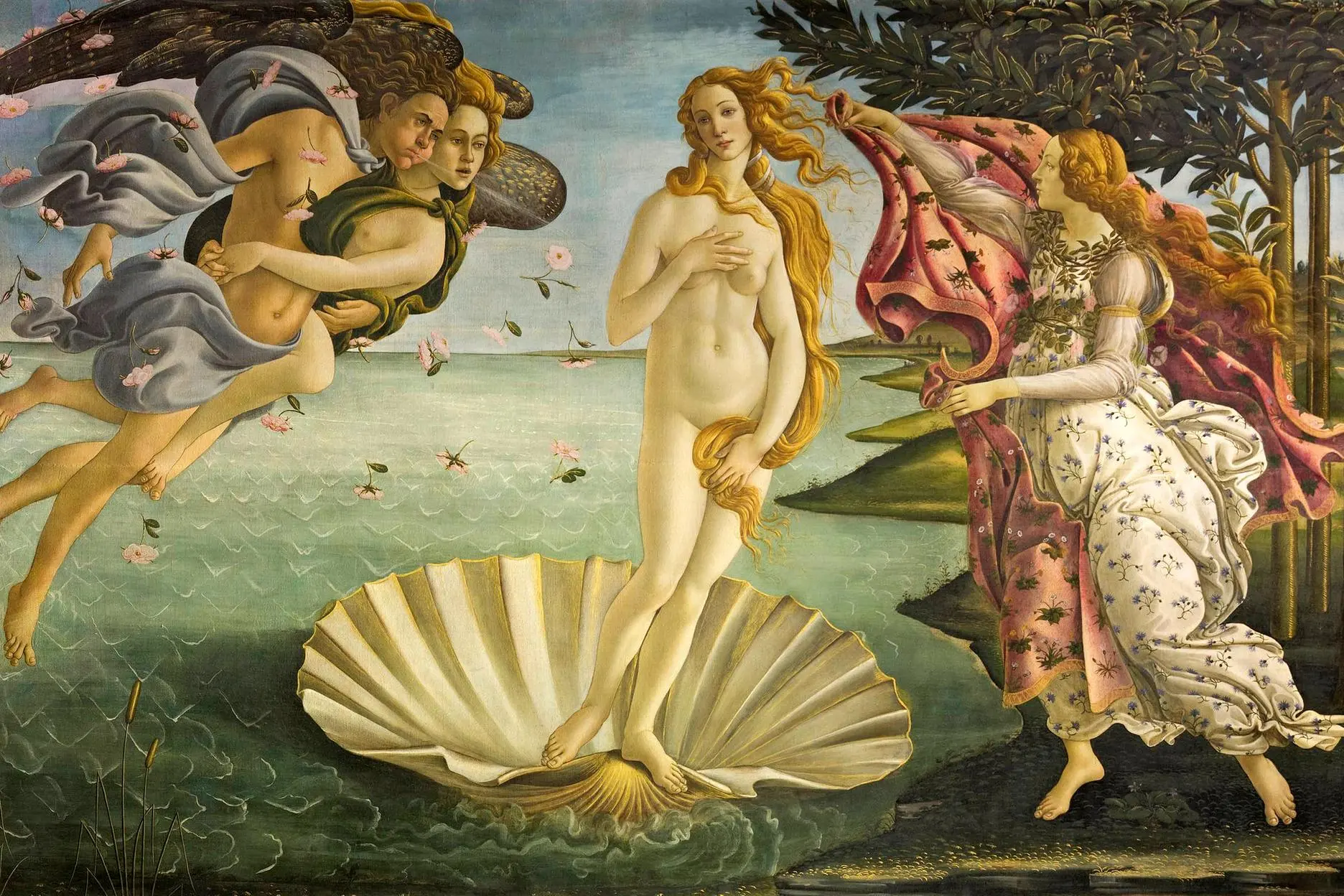Priestesses, sorceresses, mystics and seductresses: feminine sacredness
The book by Franco Cardini and Marina MontesanoPer restare aggiornato entra nel nostro canale Whatsapp
What exactly does “sacred” mean? It is a complex term that we too often reduce to the simple meaning of "saint" or "religious". In reality, as Treccani's online dictionary explains well, "in the strict sense, sacred is defined as that which is connected to the experience of a totally different reality, compared to which man feels radically inferior, suffering its action and being terrified and fascinated at the same time; in opposition to the profane, what is sacred is separate, it is other...".
Starting from this meaning of the sacred and sacredness, the historians Franco Cardini and Marina Montesano have created an unusual and powerful book, “Donne sacre” (Il Mulino, 2023, Euro 18, pp. 352. Also Ebook), a text that it is an opportunity to meet uncommon female figures. But who are these sacred women who are at the center of Cardini and Montesano's story? They are women-goddesses, priestesses, mystics; healers, seers, fairy women and fatal women; daughters of the Sun and the Moon, and also a little girl from Nazareth who becomes the Virgin Mother of God. Above all, what lies behind these human and divine female figures, suspended between myth and history, past and future, East and West? Many have tried to explain it to us, from Homer to Ovid, from Dante to Goethe to Freud. The mystery, which arose from a prehistoric cave and from a stone figurine with big breasts a few centimeters high - the famous Goddess - Mother of our ancestors - reaches Mother Teresa of Calcutta and the "divines" of the twentieth century, of whom perhaps Greta Garbo and Evita Perón represents the charm that touches the limits of the human.
Cardini and Montesano, with a discussion that embraces history, traditions, myths and human sciences, try to get to the heart of this great archetype, that of the sacred woman with divine features, who in modern culture continues to retain the features that have lent her Botticelli and Raphael. In the pages of the book the women speak with God, with demons, with the dead. They are superhuman figures like Circe who bends the indomitable heart of Ulysses or women of power. Or even figures capable of emerging in totally male worlds such as the great religious mystics of the Middle Ages to whom Cardini and Montesano, as specialists in medieval history, dedicate fascinating pages. For example, Catherine of Siena, the illiterate who learned to speak with popes and kings .
The first rebellion was against her father who wanted her to have a marriage that was advantageous for the family. However, Catherine of Siena (1347-1380) had mystical ecstasies from the age of six and her only desire was religious life. Her family segregated her at home but were unable to bend her will and at the age of 16 Caterina became a Dominican nun. In the Middle Ages, for women the monastery meant prayer and seclusion but here too the young woman wanted to do her own thing. To life within the monastic walls, Catherine preferred outdoor service, among the poor and sick. A group of followers soon formed around her, the "Beautiful Brigade", men and women who helped her in her activities and monitored her during moments of ecstasy. Above all, they wrote down the long letters that Catherine addressed to popes, bishops and sovereigns, criticizing them for their behavior. She was accused of protagonism because she openly said what she thought, despite being a woman and an illiterate one at that, and the Dominican hierarchies placed a priest next to her to monitor her closely. Despite this, Catherine continued her activities undaunted and even went to Avignon to convince Pope Gregory XI to finally return to Rome. It was she, with her stubbornness, who convinced the pontiff to return to the Eternal City in 1376.
Another medieval protagonist is Hildegard of Bingen, a universal talent. Writer, musician, thinker, naturalist, scientist and seer: the German Hildegard (1098-1179) was this and more. Since she was a child, her destiny was the monastery but thanks to her noble origins she was able to count on a lot of autonomy. She soon became abbess and founded monasteries within which, with great scandal for the time, she wanted the nuns to wear sumptuous clothes and jewels to pay greater homage to God during ceremonies. Another scandal came from the fact that he loved preaching in public and composing music, an activity hitherto reserved for men. Furthermore, people from all over Germany turned to her for medicines against the most diverse diseases, given that she was one of the greatest pharmacology experts of the time. Finally, his prophetic qualities were famous, linked to the mystical visions he had from the age of six. Faithful to her name, which in German means "protector of battles", she never held back when she had to face bishops, popes and kings and had a very tough clash with Emperor Frederick Barbarossa when the sovereign became her fiercest adversary. of the pontiff. In short, an indigestible character and probably for this reason she had to wait until 2012, that is almost a thousand years, to be proclaimed a saint. An example of how the Sacred Feminine has always been a stumbling block, yet capable of marking our entire history.
La copertina
